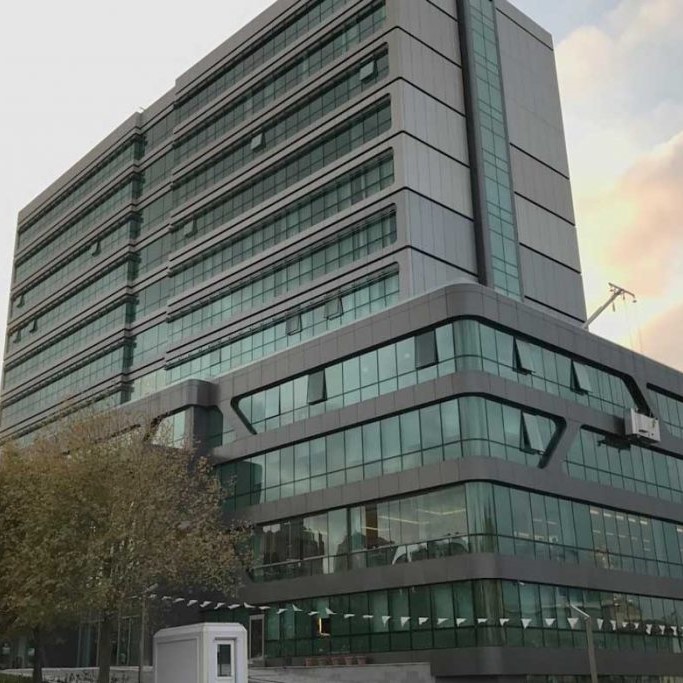What is Stem Cell?
Every cell in the human body has a function. Thanks to these functions, people continue to live, but they need other cells to produce these cells. is heard. These cells, from which cells are produced, are called stem cells. Stem cells divide to form daughter cells. The resulting daughter cells can turn into new stem cells or special cells that provide various functions of the body. The locations and functions of stem cells in the body are as follows:
Stem cells in the brain work to produce new neurons.
Stem cells in the bone marrow work to make new blood cells.
Stem cells in the muscles take action for repair when there is damage to the muscle tissue.
Stem cells in the skin regenerate hair follicles and help repair damaged skin tissue.
Stem cells provide a chance for treatment for many diseases, thanks to their ability to transform into necessary cells when needed. The benefits that stem cells can provide include:
More information about diseases can be obtained by examining the transformation of stem cells into different tissues and organs.
They can be directed to repair damaged cells in the human body.
Medicines made for humans can be tested on certain stem cells before they are used in humans.
Adult Stem Cells
The human body contains stem cells for life. Adult stem cells begin to exist in the human body from the embryonic stage and can be used whenever needed. These stem cells are found in small amounts in tissues such as bone marrow and fat.
Embryonic Stem Cells
Embryonic stem cells are formed from the cell clump formed 3-5 days after fertilization of the egg. These stem cells are more successful in differentiation than adult stem cells. They can differentiate into more cell types.
Hematopoietic Stem Cells
These blood stem cells are stem cells that are used to regenerate blood cells that die during chemotherapy, especially in people undergoing leukemia treatment. Stem cells taken from the patient before chemotherapy are injected back into the patient after chemotherapy.
Mesenchymal Stem Cells
Mesenchymal stem cells are stem cells found in every organ in the body. Their primary task is to repair the body by transforming into cells that make up bone, fat and connective tissue. Research is being done on it especially for the treatment of orthopedic diseases and autoimmune disorders.
How Is Stem Cell Obtained?
Stem cells; It can also be obtained from embryonic tissues, adult tissues such as adipose tissue and bone marrow. Adipose tissues have the advantage of abundant stem cell collection, isolation and proliferation of adipose tissue stem cells, especially compared to bone marrow. Adipose tissue can be considered an ideal source of stem cells, as it is easy to obtain stem cells from adipose tissue, while causing less discomfort to patients, and often has a greater proliferative capacity than those derived from bone marrow cells. Stem cells derived from adipose tissue have a strong structure, the capacity to differentiate into various cells and structures, including vascular cells. Therefore, they cause minimal distress to the patient due to their lack of easy accessibility and immune system stimulating substances that support vascular formation. In this case, it is considered ideal for use in regenerative medicine. The adipose tissue collection process begins with the careful determination of the area to be targeted. In practice, the most common donor areas are the outer thighs, hips and abdomen. In the procedure performed under local anesthesia, approximately 30 ml of oil is aspirated with special syringes. Syringes containing the collected material are cleaned with sterile saline solution two or three times, closed and left for 30 minutes. Then, the remaining liquid is discarded and a precipitate is obtained, the syringes containing the remaining oil are sent to the laboratory in a sterile manner for processing. Replicated stem cells are stored in appropriate media. It is injected into necessary and appropriate places. Stem cells derived from adipose tissue decomposed by collagenase enzyme; It can differentiate into various cellular types, including adipose tissue, cartilage, bone, skeletal musculature, neuronal cells, endothelial cells, cardiomyocytes, and smooth muscle tissue cells.
What are the uses of stem cell therapy?
. Elimination of fine and deep wrinkles,
. Treatment of improvement of pits caused by acne scars,
. Healing of damaged tissues after accident or burn,
. Hair loss treatment (thickening of hair strands),
. In the treatment of skin cracks,
. It can be used for skin rejuvenation.
How is stem cell therapy done?
Before the application, local anesthetic cream is applied to the area to be applied. Cells taken from the patient, which are separated and multiplied in the laboratory environment, are injected into the skin by injection. The application time is approximately 10-15 minutes. This application is performed in 2-3 sessions according to the needs of the patient and the application area. There is a six-week break between the two sessions. If needed by the dermatology doctor, a new session can be added to the treatment after 4 weeks.
Why is stem cell therapy done?
The stem cell responsible for the formation of collagen tissue, which makes the skin look young and plump, is called fibroblast. With stem cell therapy, fibroblast cells initiate the repair process in the skin by triggering the production of collagen and elastin in the area where they are injected.
Repairs and renews the skin
Stem cell fat injection is already an established technique for scar revision and regeneration of damaged tissue. Stem cell fat injection is increasingly used to repair aesthetic defects such as acne scars, wrinkles for rejuvenation and aging. With the application of adipose tissue stem cells into the skin, an improvement in skin tissue, wrinkles and dermal thickness can be achieved. It can be used in aesthetic procedures such as skin aging, wrinkles, sun damage and photoaging, loss of fat tissue in the skin.
Free Consultation!



















